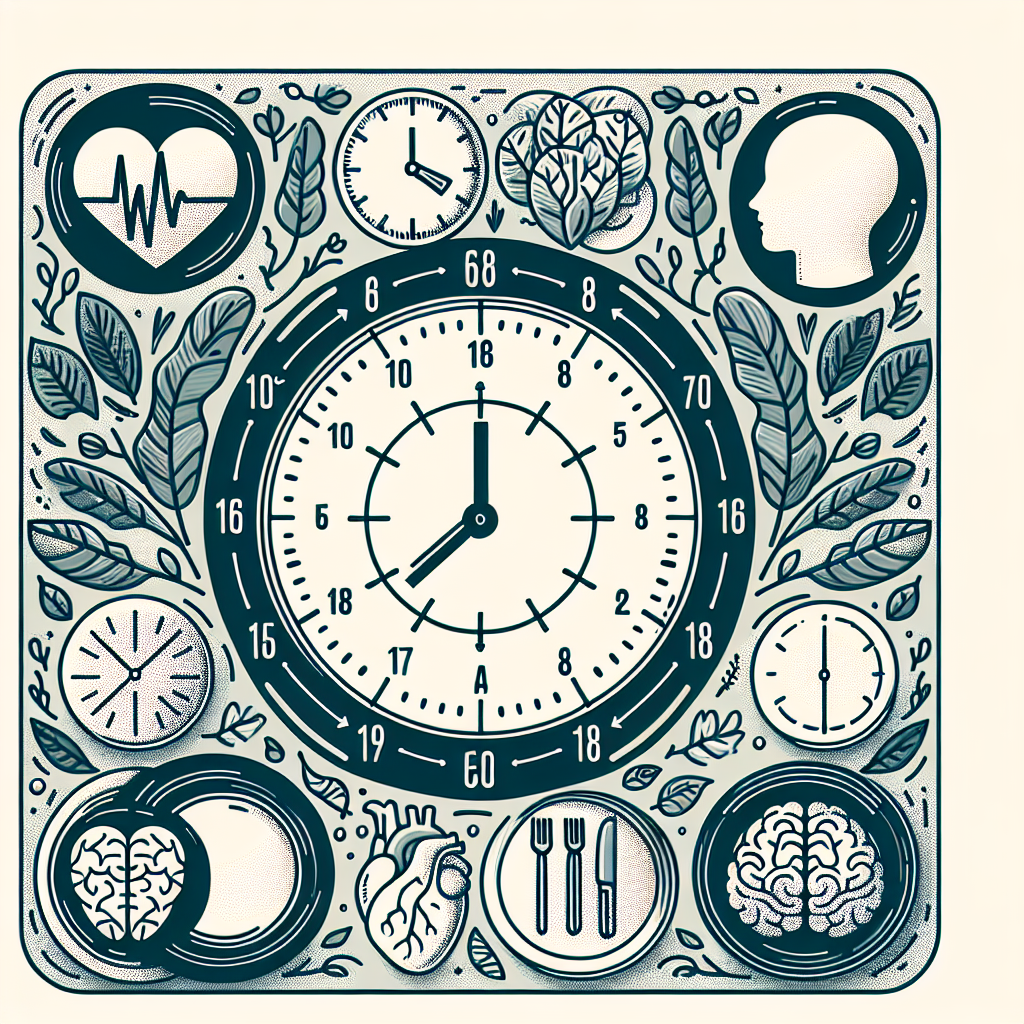### Understanding Intermittent Fasting: Benefits, Types and Tips
Intermittent fasting has become a hot topic in the world of health and wellness over the last decade, with a plethora of research indicating an array of robust health benefits. This practice involves alternating cycles of fasting and eating, with various types of fasting regimens popular amongst wellness enthusiasts.
**What is Intermittent Fasting (IF)?**
Unlike dieting, Intermittent fasting is more about *when* to eat than *what* to eat. In scientific terms, it is a metabolic strategy that cycles between periods of regular eating and fasting, done primarily to enhance health and reduce weight. Contrary to popular opinion, it’s not a diet plan but more of an eating pattern.
**Benefits of Intermittent Fasting**
Numerous studies have linked IF with a host of health benefits. Here are a few:
1. **Weight Loss and Belly Fat Reduction:** With fewer meals and reduction in hormone levels, IF can induce weight loss by making you eat fewer calories while enhancing hormone function for facilitated fat loss.
2. **Insulin Resistance:** IF can enhance the body’s resistance to insulin, lowering blood sugar levels and aiding in protection against Type 2 diabetes.
3. **Heart Health:** Research indicates that IF can enhance various risk factors for heart disease like blood pressure, cholesterol levels, inflammation markers, and blood sugar levels.
4. **Brain Health:** Fasting can boost the growth of new neurons and protect the brain against damage, providing benefits against neurodegenerative disorders like Alzheimer’s and Parkinson’s.
5. **Cancer Prevention:** Preliminary animal and test-tube studies suggest that IF may reduce cancer risk, though further research is required.
**Types of Intermittent Fasting**
There are several methods of IF, all of which split the day or week into eating periods and fasting periods. Here are some commonly practiced methods:
1. **16/8 Method:** This involves fasting every day for 14-16 hours and limiting your daily eating window to 8-10 hours.
2. **Eat-Stop-Eat:** This method involves a 24-hour fast, once or twice a week.
3. **5:2 Diet:** In this method, you consume only 500-600 calories on two non-consecutive days of the week, with regular eating during the other 5 days.
**Some Useful Tips for Beginners**
– Start with a simple fasting regimen like the 12 hours fast and then gradually increase the fasting duration.
– Stay hydrated and add plenty of fluid intake during your fasting window.
– Break your fast with a balanced meal instead of overeating, as it can lead to digestive issues.
– Keep physically active, but don’t exert yourself too much during initial fasting periods. Listen to your body.
– Above all, consult with a healthcare provider before starting an IF regimen, especially if you’re pregnant, have a chronic health condition, or had suffered from an eating disorder.
**Conclusion**
While Intermittent fasting offers plenty of health benefits, it’s not for everyone. Listening to your own body and understanding its needs is crucial when implementing this lifestyle change. Remember, consistent and balanced eating habits along with regular physical activity go a long way in ensuring long-term health and wellness.


